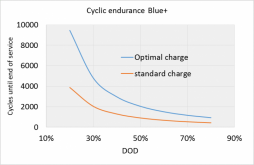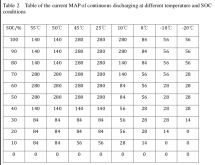Steve_S
Offgrid Cabineer, N.E. Ontario, Canada
YW-3.2V-280AH, YW-3.2V-280AH direct from Shenzhen Luyuan Technology Co., Ltd. in CN (alibaba.com) <--- Amy Wan's company, formerly of XUBA.
This price point WILL NOT LAST, the remaining 600 or so will sell at this price, the next batch is more $ (for everyone).
The Slab also has PEX in it for Solar Radiant Heating provision. Was intending to install a Solar Heating system based on the projects here: Solar Water Heating Projects and Plans (builditsolar.com) It does work up here if you do it right.
This price point WILL NOT LAST, the remaining 600 or so will sell at this price, the next batch is more $ (for everyone).
My Powerhouse / Pumphouse (14'x6') is highly insulated on a Frost Protected Concrete Slab. Because it is also my Pumphouse and has te 50Gal pressure tank in it, I heat it. I use a recovered Suburban-NT20S RV Furnace ($300 out of a 2 year old wreck, including all hookups, regulator & thermostat) with 2 30LB LPG tanks for fuel. Furnace is only 12V, direct vent and has it's own 12V battery & Solar Panel just for it. I keep the powerhouse at 10C/50F or a little higher but not much.How do you deal with -30C and LiFePo?
The Slab also has PEX in it for Solar Radiant Heating provision. Was intending to install a Solar Heating system based on the projects here: Solar Water Heating Projects and Plans (builditsolar.com) It does work up here if you do it right.




